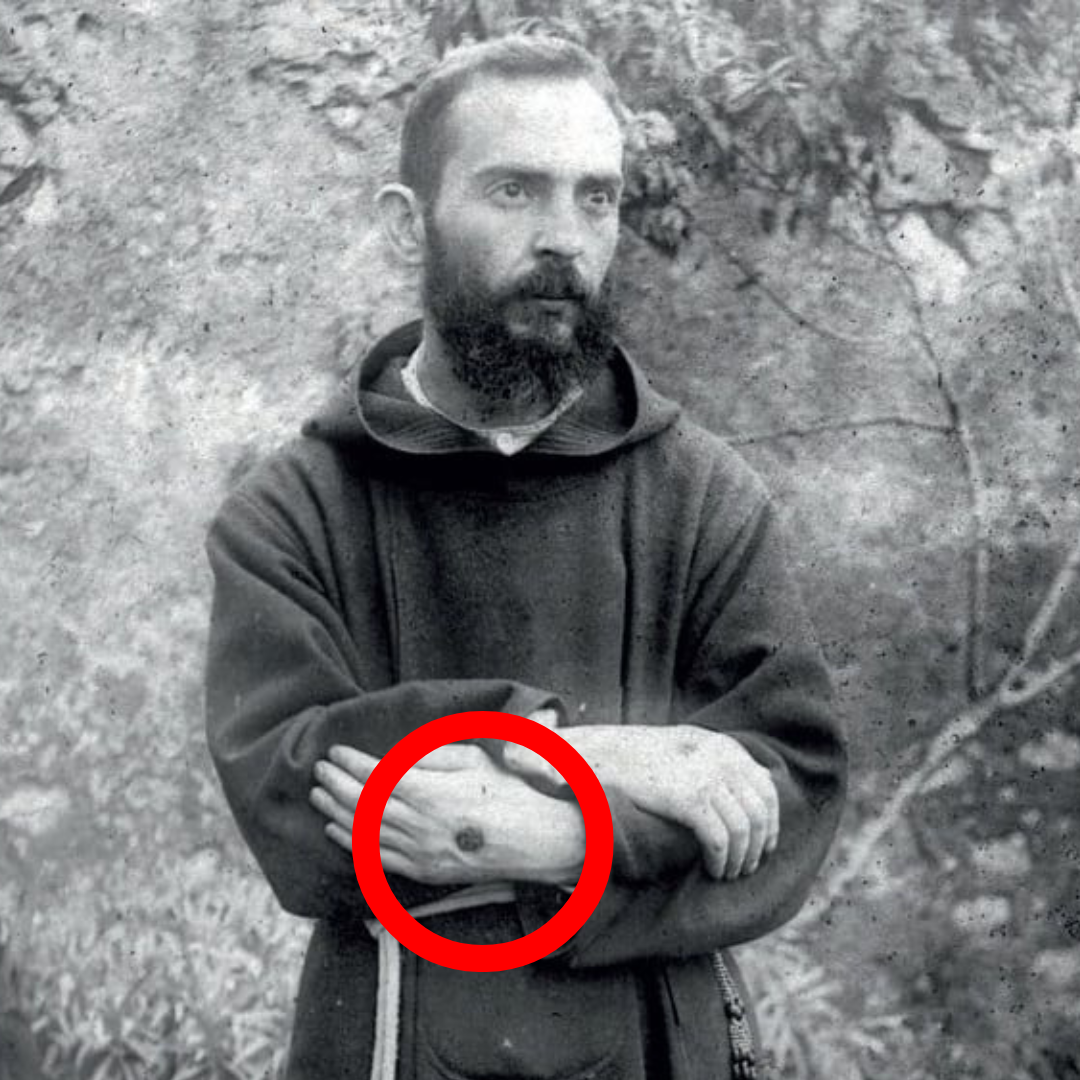Secrets of the Mysterious Stigmata: 6 Facts You Probably Didn't Know

Stigmata is one of the strangest phenomena in the Catholic Church in the last few centuries.
If you don’t already know, the stigmata is a supernatural phenomenon in which the wounds of Christ from His passion and death miraculously appear on a person’s body.
Some saints have also suffered what is called invisible stigmata, in which they feel the sufferings of Christ but without the bodily marks.
What should Catholics make of this?
Here are six things you may not know about this incredible phenomenon:
1. The first stigmata dates back to the 13th century.
No known accounts of the stigmata existed before Saint Francis of Assisi received it in the 13th century.
Read the amazing account of Saint Francis of Assisi receiving stigmata here.
For most of Church history, no one had heard of the stigmata, and now many people claim to have experienced it, which brings us to our next point…
2. Hundreds of people have claimed stigmata since then.
Although there were no known cases of stigmata before Saint Francis of Assisi in the 13th century, hundreds of people have claimed to have miraculously received stigmata since then.
It’s hard to understand why God may start acting in a new way, and some people take this fact as an argument against the supernatural character of at least most stigmata (seeing most as copycats rather than miracles).
3) At least one stigmatist admitted to faking it.
And yes, at least one significant stigmatist publicly admitted to faking it. Magdalena de la Cruz was a Franciscan nun in Spain in the 16th century who for years claimed to have miraculously received stigmata. She was famous and widely considered a living saint, though Saint Ignatius of Loyola (founder of the Jesuits) viewed her with suspicion.
At the end of her life, though, after getting very sick, she admitted that her stigmata was fake. She was tried and found guilty by the Inquisition, which sentenced her to penance for the rest of her life in her convent.
4) Around 85 percent of stigmatists have been women.
This number might be a bit dated (it’s hard to find up-to-date statistics on this sort of thing), but according to a study in the early 20th century, out of 321 known stigmatists from the 13th century until then, only 41 were men.
Even so, some of the most famous cases have been men, such as Saint Francis of Assisi and Saint Padre Pio.
5) Saint Padre Pio had the stigmata for 50 years and multiple doctors studied him.
Probably the most famous modern case of the stigmata, and one examined in light of modern science, was the stigmata of Saint Padre Pio.
He first received it as a young man in 1911 at age 24. Word began to spread worldwide about his condition in 1919. From the 1920s through the 1950s, multiple sets of doctors and scientists examined and studied his wounds, with differing conclusions. While everyone agreed the wounds were real, they couldn’t conclusively determine whether they were miraculous, natural, or simply self-inflicted.
The Church, however, was satisfied enough with the evidence for Padre Pio being honest that Pope Saint John Paul II canonized him in 2002.
6) Saint Catherine of Siena had invisible stigmata.
The famous 14th-century saint first received the normally visible stigmata when she was 28. But she humbly didn’t want to draw attention to herself, so she requested that God take away the physical wounds while keeping the same physical suffering. Other saints, including Saint Faustina Kowalska, also reportedly endured the invisible stigmata.